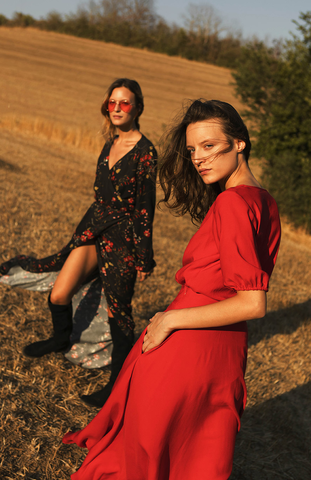Fashion Industry 2030 book inauguration.

We have participated to an exciting event of ‘Fashion Industry 2030’ by Francesca Romana Rinaldi. Among the speakers there were Yoox Net-A-Porter, Candiani Denim, Drexcode, Vogue Italia.
Question by F.R. Rinaldi: Sustainable fashion still needs visibility to consumers – which is the objective of SlowNature?
We don’t position ourselves just as a retailer, Italy today has a very low sustainable fashion market penetration. So being a retailer is not enough. So what is our biggest objective? It is to provide visibility for truly sustainable companies.
While fast fashion manufacturers are just making announcements about their intention to become sustainable by 2030, today in Europe, there are more than 300 fashion companies that were born with sustainability in their DNA. These companies are using smart textiles, made of recycled, upcycled, innovative and eco-friendly fibers, in ethical working conditions.
And our target is to showcase these hero companies to people.
We are very selective about the brands we partner with, that’s why we are so very niche at the moment. Because we have the strictest sustainability criteria out there.
Part of this visibility strategy is to show consumers that it isn’t difficult to dress 100% sustainably from head to toe already now. We have just ran a unique, one-of-a-kind digital campaign featuring 100% fully-sustainable looks that we have created. We have created this campaign on voluntary basis and shared it with brands that work with us because these businesses deserve to have a voice and to be heard.
Question by F.R. Rinaldi: Which kind of storytelling do you do about transparency?
We carefully select truly sustainable brands. The relationship we’ve created with our brands is exactly that. A relationship.
It is a transparent partnership that has allowed us to personally meet with most of the designers on Slow Nature and actually talk to them about their goals, processes, supply chains and choice of materials. This transparency goes beyond eco-certifications which are also provided, but it goes deeper into the why, how and the who behind each brand.
Transparency becomes essential for storytelling. It is our tool to build visibility for these brands.
We have run a pilot with 5 brands and published their supply chain online. That was very bold. Our philosophy on that is following: Transparency resonates with customers and help build a strong differentiation for sustainable brands vs. rest of fashion industry. In the end we all have one bigger goal – to make fashion industry a more fair, ethical and greener place through being different, through being transparent.
Question by F.R. Rinaldi: Which tools are more effective for sustainable communication?
For us, the most effective tool to communication is a combination of three factors:
- First of all, sensibilization of people to the argument. Of course, we do this, mostly in digital space, but I understand that our effort as a startup is not enough. Big media has to join the battle, and we are working with media to help us, help all fashion industry to educate people about the argument.
- Second, what we have spotted is that at this early stage, using product as communication tool is very effective.
What works really good is if brands can incorporate environmental identity into branding and design of the clothing. Then people actually love that clothing as a means self-expression, they become sustainability ambassadors at the same time. This is an excellent tool for communication. - Then it’s our job to give the visibility to sustainable brands and to create trust with sensibilized customers, to create content that will inspire people to dress sustainably and we are already doing this in the digital space.
Leave a comment
Comments will be approved before showing up.





